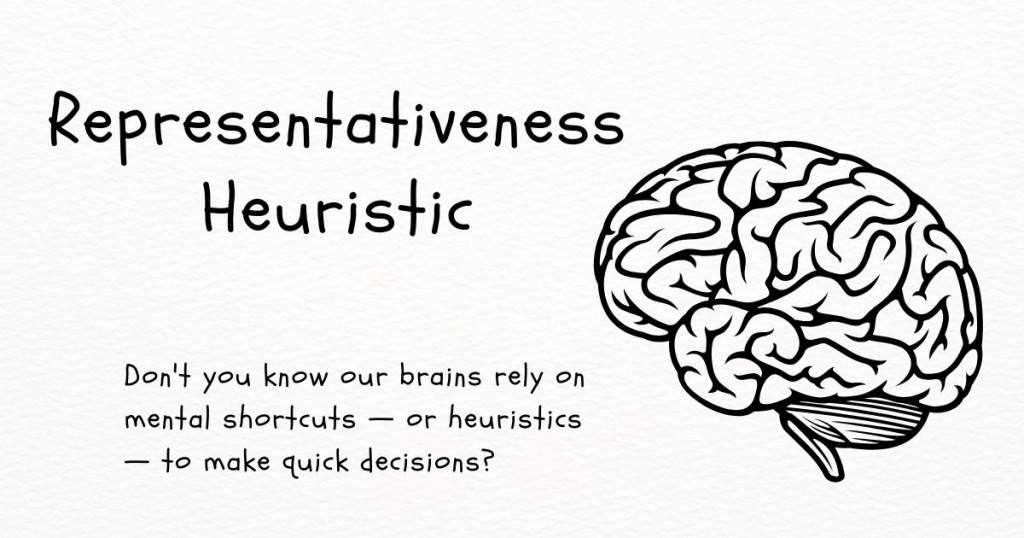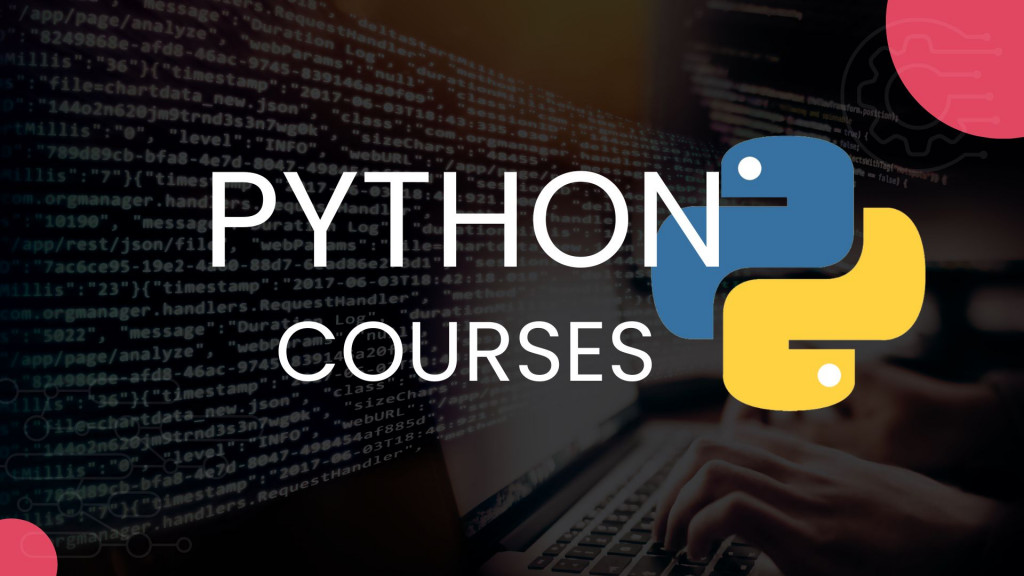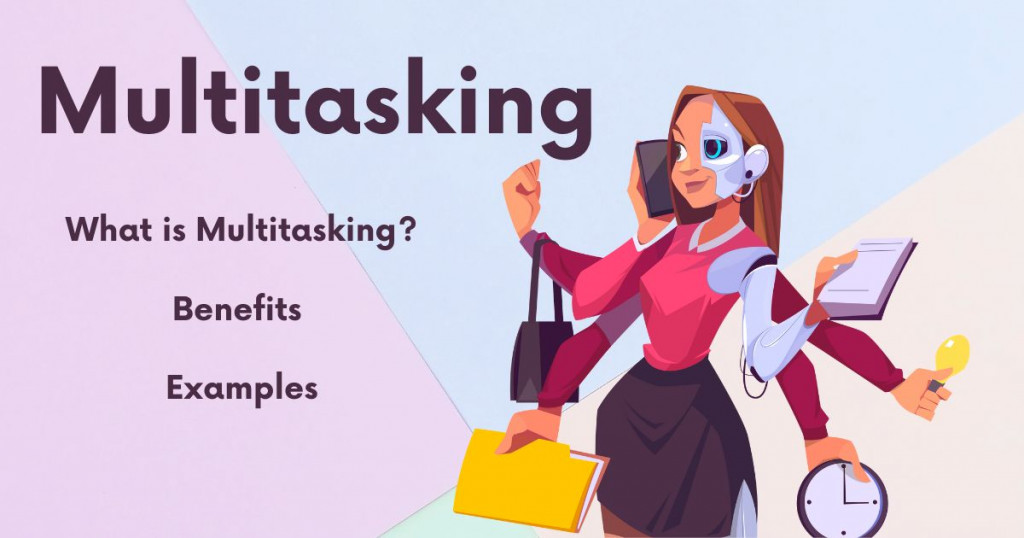Compiler vs. Interpreter: Key Differences in Programming
The cognitive capabilities of a human being and an electronic device such as a computer are different. A human being can understand anything through natural languages, but a computer cannot. A computer needs a translator to convert languages written in a human-readable form into a computer-readable form.
A compiler is a translator that converts a source language (high-level programming languages) into an object language (such as machine language). In contrast to a compiler, an interpreter is a program that mimics the execution of programs written in the source language.
Here are the details of the differences between compilers and interpreters.
What is a Compiler?
A compiler is a translator that reads a program written in a high-level language converts it into machine language or low-level language and reports errors in the program. It converts the entire source code in one go or it may take multiple passes to do. But in the end, the user gets the compiled code ready for execution.
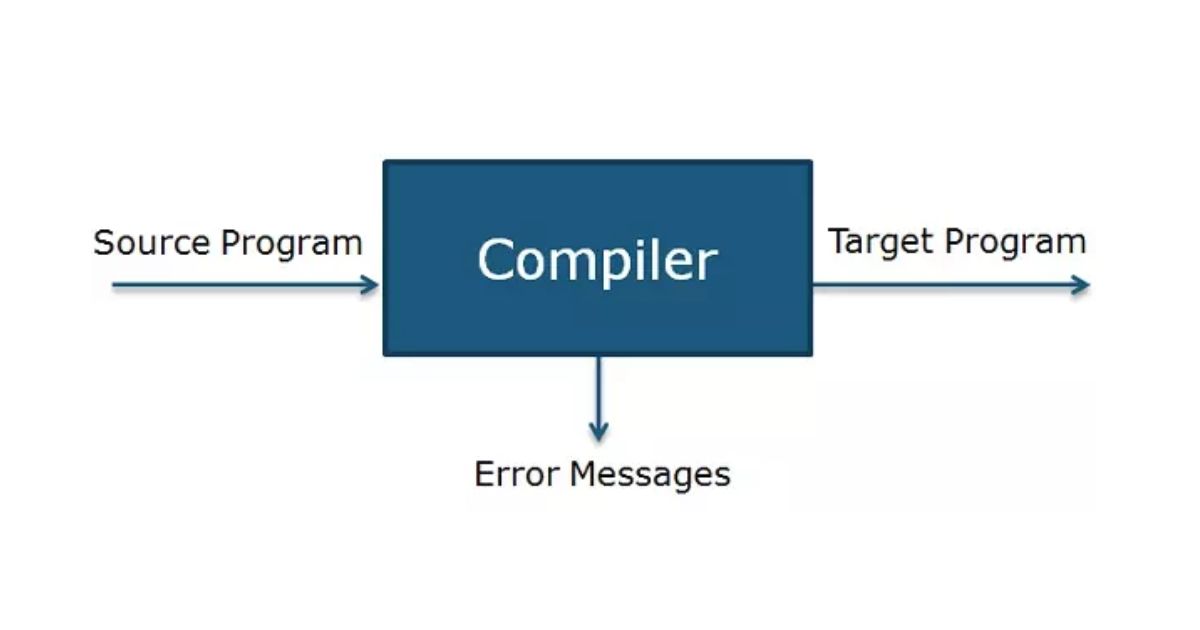
Compiler works in phases, the different phases can be grouped into two parts which are:
The analysis phase of the compiler; where the program is broken down into its basic constituent parts and checks the grammar, semantics, and syntax of the code after which the intermediate code is generated. The analysis phase includes lexical analysis, semantic analysis, and syntactic analysis.
The synthesis phase of the compiler; where the intermediate code is optimized and the target code is generated. The synthesis phase includes the code optimizer and the code generator.
Compilation Phases
Now let us understand the workings of each phase in detail.
Lexical Analyzer: It scans the code as a group of characters, groups the character strings into vocabulary, and outputs a token string with references to the programming language.
Syntactic Analyzer: In this stage, the tokens generated in the previous stage are checked against the grammar of the programming language, whether the expressions are syntactically correct or not.
Semantic Analyzer: It verifies whether the expressions and statements generated in the previous stage follow the rules of the programming language and it generates annotated parse trees.
Intermediate Code Generator: It generates an equivalent intermediate code of the source code. There are many ways to represent intermediate code, but TAC (Triple Address Code) is the most widely used.
Code Optimizer: It improves the time and space requirements of the program. To do so, it eliminates redundant code present in the program.
Code Generator: This is the final stage of the compiler in which the target code for a particular machine is generated. It performs operations such as memory management, register allocations, and machine-specific optimizations.
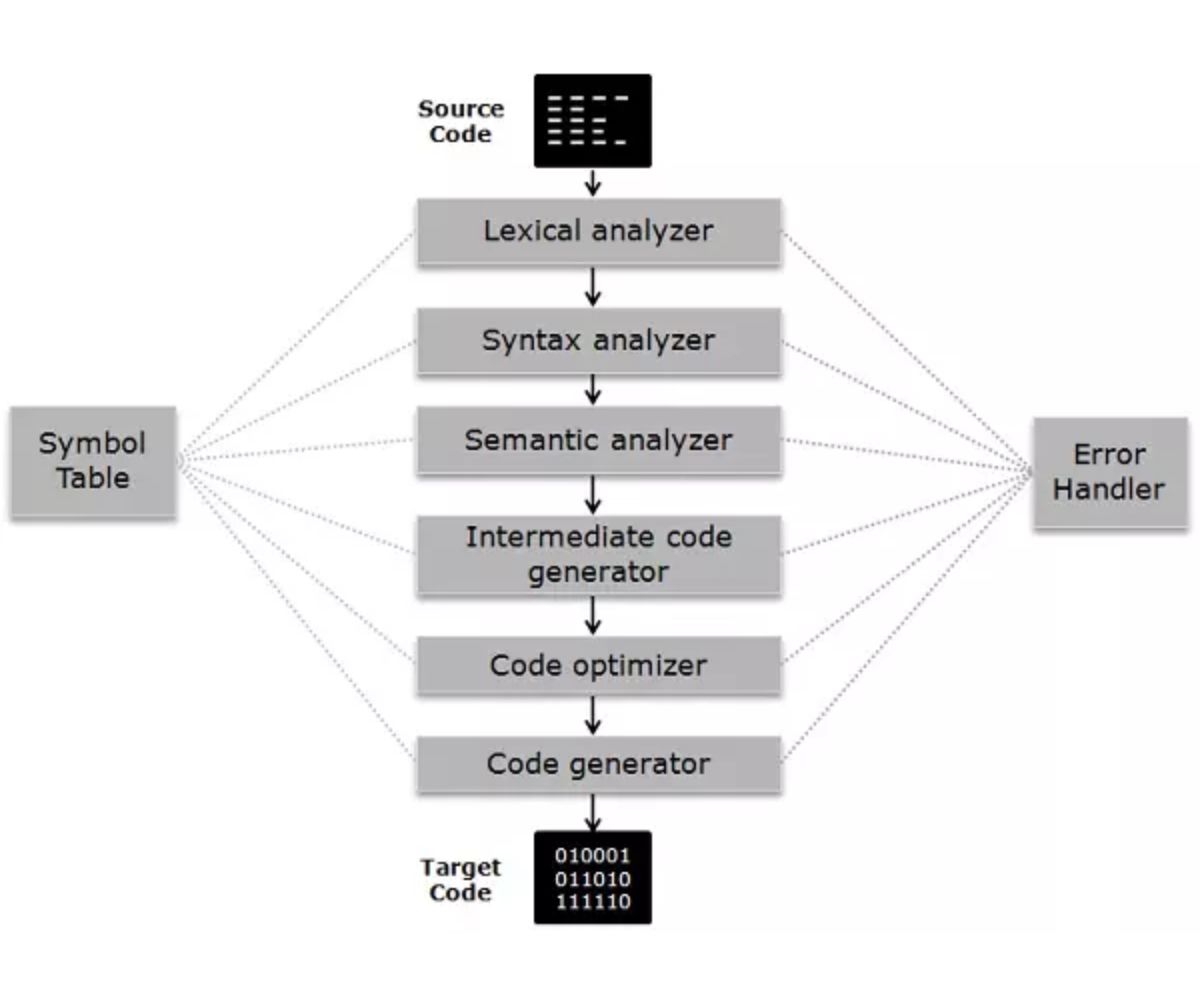
The symbol table is a data structure that manages identifiers along with the associated data type it is storing. An error handler detects, reports, and corrects errors encountered between different stages of the compiler.
Role of Compiler
Converts code written in high-level language into low-level language that is easy for the computer to understand.
Advantages of Compiler
Compiled code runs faster than interpreted code.
Compiler helps improve the safety of the application.
Since the Compiler provides debugging tools, it supports easy debugging.
Disadvantages of Compiler
Only catches syntax errors and some semantic errors.
Compilation may take longer in the case of bulky code.
What is an Interpreter?
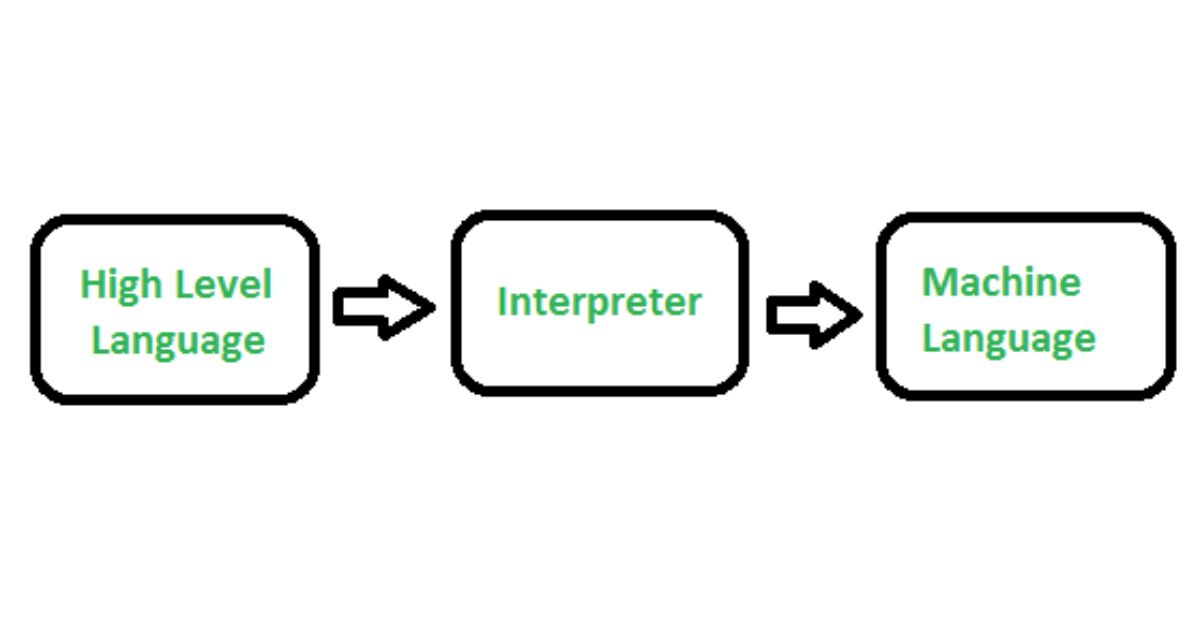
An interpreter is an alternative to executing a programming language and does the same job as a compiler. An interpreter performs lexical checking, parsing, and type checking similar to a compiler. However, an interpreter processes the syntax tree directly to access expressions and execute statements instead of generating intermediate code.
An interpreter may require processing the same syntax tree multiple times, which is why it is slower than executing a compiled program.
Compilation and interpretation combine to execute a programming language. A compiler generates intermediate-level code, which is then interpreted instead of being compiled into machine code.
Using an interpreter facilitates the development of a program, the most important part of which is being able to quickly test program modifications instead of running the program efficiently.
Role of Interpreter
The simple role of an interpreter is to translate a document into the target language. An interpreter operates on each line of code. It also converts high-level languages into machine language.
Advantages of Interpreter
Programs written in interpreted languages are usually easier to debug.
Interpreters allow automatic memory management, reducing the risk of memory errors.
Interpreted languages are more flexible than compiled languages.
Disadvantages of Interpreter
Interpreters can only run the corresponding interpreted program.
Interpreted code runs slower than compiled code.
What are the differences between Compiler and Interpreter?
Compiler and Interpreter have their advantages, depending on the application's requirements and development environment.
| Criteria | Compiler | Interpreter |
| Input | Entire program | Only one line of code |
| Output | Intermediate object code | Does not generate any intermediate object code |
| Mechanism of operation | Compilation will have to complete the work before execution | Compilation and execution will be simultaneous |
| Speed | Faster | Slower |
| Memory | Requires more memory due to object code generation | It requires less memory because it does not generate intermediate object code |
| Errors | Shows all errors after compilation, all at once | Shows errors on each line |
| Detecting errors | Very difficult | Relatively easy |
| Programming languages | C, C++, C#, Scala, typescript | PHP, Perl, Python, Ruby |
| Programming Steps |
|
|
| Machine Language | Save Machine Language as Machine Code on disk. | Do not save Machine Language. |
| Basic operating model | The basic operating model is Linking-Loading. | The basic operating model is interpretation. |
| Changes in the source program | Any changes in the source program after compilation require recompilation of the entire code. | Any changes in the source program during compilation do not require recompilation of the entire code. |
| Environments | Compilers are mainly used in the Production Environment. | Interpreters are mainly used in Programming & Development Environments. |
| Object code | Object code is saved for future use. | Object code is not saved for future use. |
Some Skilltrans courses that may be useful to you. Please click on the course name below to learn more:
2024 Python Data Analysis & Visualization Masterclass
First and foremost, this course integrates visualizations as soon as possible rather than tacking it on at the end, as many other courses do. You'll be creating your first plots within the first couple of sections! Additionally, we start using real datasets from the get go, unlike most other courses which spend hours working with dull, fake data (colors, animals, etc) before you ever see your first real dataset.
How does the Internet work & Networking Crash Course
The internet is a part of our daily life and we use it constantly. But what is the internet? Have you ever really thought about it? Have you ever wondered what happens in the background when you enter a web page? If your answer to all these questions is yes, you are definitely looking at the right course. In this course, I assume you don't know anything, and I'm slowly explaining what the internet is. You don't need any prior knowledge to follow this course, since this course tells you everything from scratch.
Learn animation using CSS3, Javascript and HTML5
You'll learn how to use CSS3 syntax to create quick and smooth animations without needing javascript. Next I'll show you the building blocks of animating in javascript using setInterval and requestAnimationFrame in the canvas. Then you will learn how to leverage jQuery's animation methods, events, and properties to get animating quickly. Last but not least we'll cover GSAP (Greensock animation platform) where you'll learn the basics all the way through complex sequenced animations. This course comes complete with working code samples so you can work along side the instructor and modify to create your own animations. The full course can be completed in just over 2 hours.
Conclusion
Although both compilers and interpreters have certain advantages and disadvantages. With an interpreter, the source code can be executed anywhere without having to be compiled first. But in return, the compiler will save more execution time.
To learn more about the latest technology knowledge, you can register for Skilltrans courses. Many courses are waiting for you to explore.

Meet Hoang Duyen, an experienced SEO Specialist with a proven track record in driving organic growth and boosting online visibility. She has honed her skills in keyword research, on-page optimization, and technical SEO. Her expertise lies in crafting data-driven strategies that not only improve search engine rankings but also deliver tangible results for businesses.
